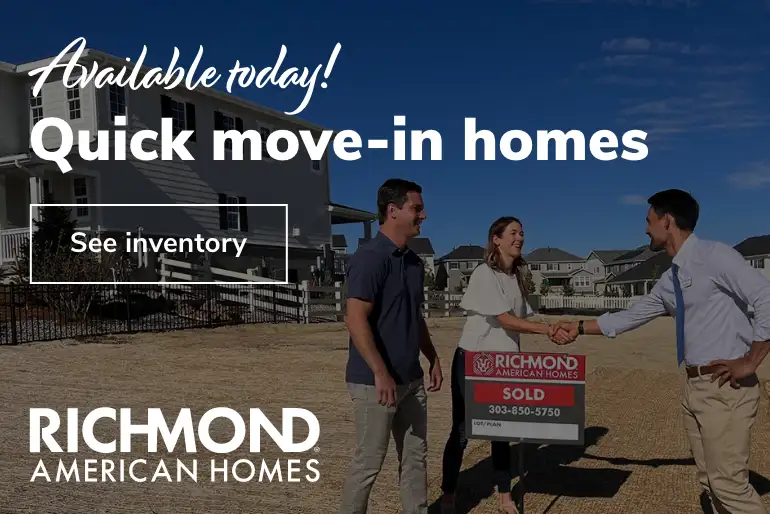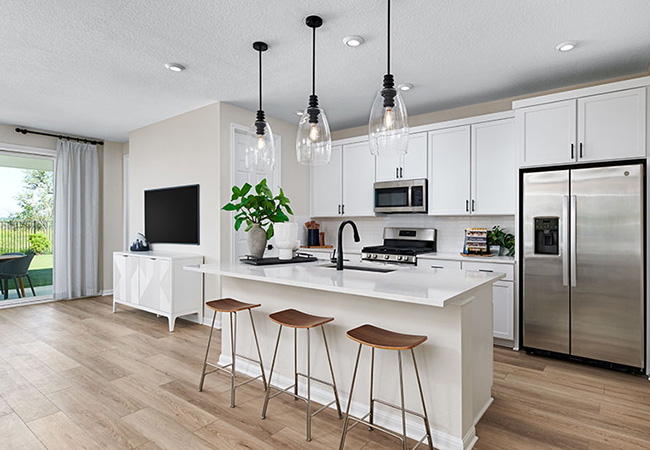If you’re familiar with private mortgage insurance (PMI), your gut reaction to that question is probably: it doesn’t. After all, the insurance is paid for by the homebuyer and it only protects the lender. Most articles about PMI focus on how to avoid paying it (have a 20% down payment ready!) or how to stop paying it (bring your loan-to-value ratio down to 80% and start the cancelation process). But, there are reasons so many people decide to go with a loan despite its PMI requirement. Here are three of them:
- Continuing to rent may be more costly. If you live in a high-rent area and just haven’t managed to save up a full 20% down payment, you may want to do the math on buying—even if it means paying PMI—versus renting, especially if home appreciation values are also trending up. The monthly payment difference might be worth the opportunity to start building equity sooner.
- You’d rather not get a second mortgage. Getting a second loan is one way buyers can make up for a down payment shortfall without paying PMI. But, be sure to consider the higher interest that loan will require and potential refinancing charges down the road. You may find that sticking with one loan and paying PMI is the more attractive option. This calculator from the Fannie Mae® Know Your Options site can help you estimate how much PMI you’d need to pay, but it’s better to work with a loan officer to find the loan option that works best for your situation.
- Rental properties don’t fit your needs. Maybe you have pets and rentals that accept pets are scarce. Maybe you have mobility issues and need to modify your living space. Maybe you have large recreational vehicles to park, or a hobby that requires a workshop. There are plenty of reasons that rental properties might not be a great fit for your lifestyle, especially in areas where vacancies are low. A mortgage with PMI could allow you to get into your own property sooner.
Bottom line: PMI allows lenders to extend credit to buyers who might not otherwise be able to get a loan for the amount they need and at a rate they’d prefer, possibly enabling them to start building equity sooner and take advantage of price appreciation if it happens.




